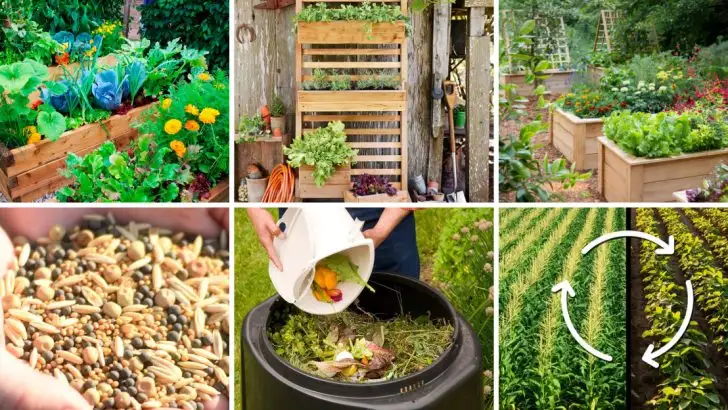I’ve always been curious how the Amish manage to grow so much food without relying on modern shortcuts. It’s not just the simplicity of their tools—it’s the way they work with the land, not against it. When I started paying closer attention to their methods, especially how they use space, I realized they were onto something most of us overlook.
They don’t need sprawling fields or expensive setups. In fact, what I learned completely changed how I looked at my small backyard garden. It’s about timing, soil health, and choosing the right crops that support each other. What seems like a tight space suddenly feels like more than enough when you understand how to layer and rotate the way they do. Here’s a closer look at how these time-tested techniques can help you grow a serious amount of food—even if you don’t have much room to work with.
Companion Planting
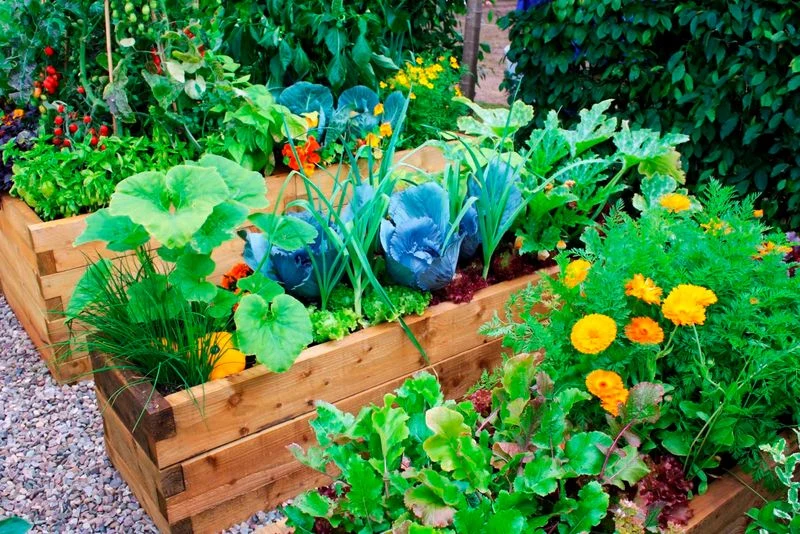
Amish gardens thrive on the principle of companion planting, where certain plants assist each other’s growth. For example, corn provides support for climbing beans, while beans enrich the soil with nitrogen. Marigolds deter pests, protecting the vegetables with natural pest control. This symbiotic relationship ensures maximum yield in minimal space, creating a balanced ecosystem. The strategic placement of plants can transform a small garden into a thriving, self-sustaining hub of productivity. By mimicking nature’s patterns, the Amish achieve harmony and abundance in their gardens. It’s an art of balance, deeply embedded in tradition.
Vertical Gardening
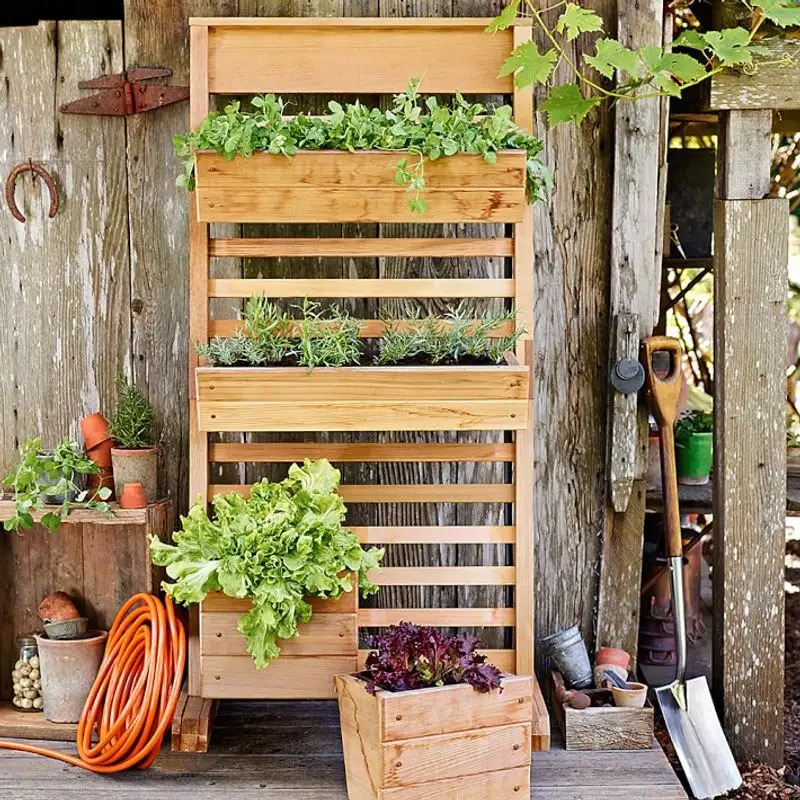
In the Amish world, vertical gardening offers a creative solution for those with limited ground space. By growing plants upwards on trellises or stacked containers, they maximize the potential of every inch of soil. This method not only saves space but also facilitates easier harvesting and maintenance. Cucumbers, tomatoes, and peas are some favorites for vertical growth. The Amish have long understood that reaching for the sky can lead to a bountiful harvest. Elevating plants off the ground is more than ingenuity; it’s a testament to efficient space use.
Raised Beds
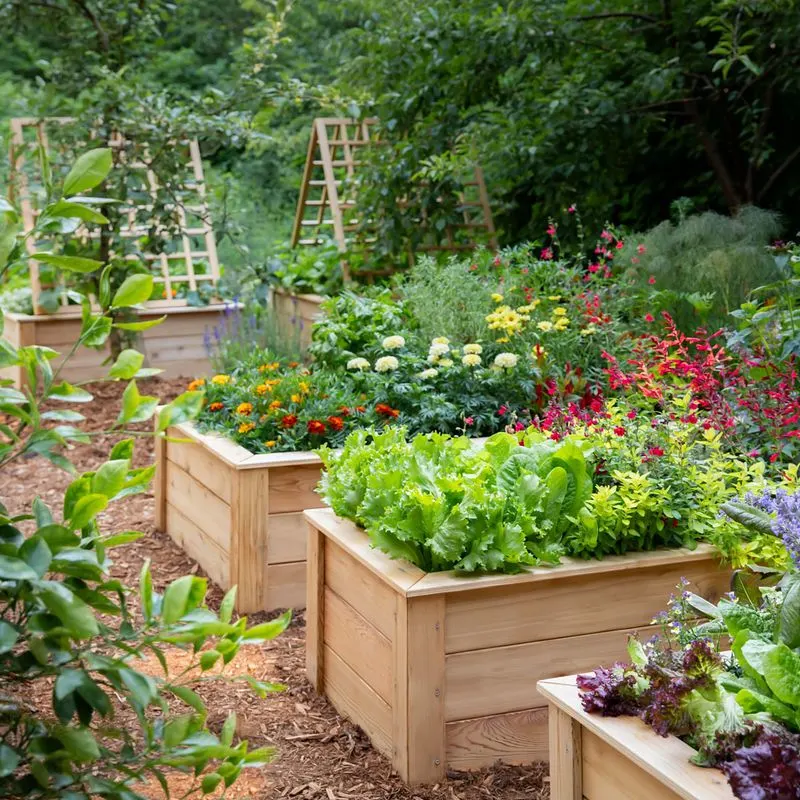
Raised beds are a staple in Amish gardening, offering numerous advantages over traditional ground planting. These beds provide better drainage, warmer soil, and prevent soil compaction, leading to healthier plants. The Amish often build their beds with wood, creating tidy, contained areas that maximize productivity. By elevating the garden, they also reduce back strain during planting and harvesting. This approach reflects a dedication to practicality and efficiency. It’s a simple yet effective way to cultivate a dense, thriving garden in a condensed space.
Heirloom Seeds
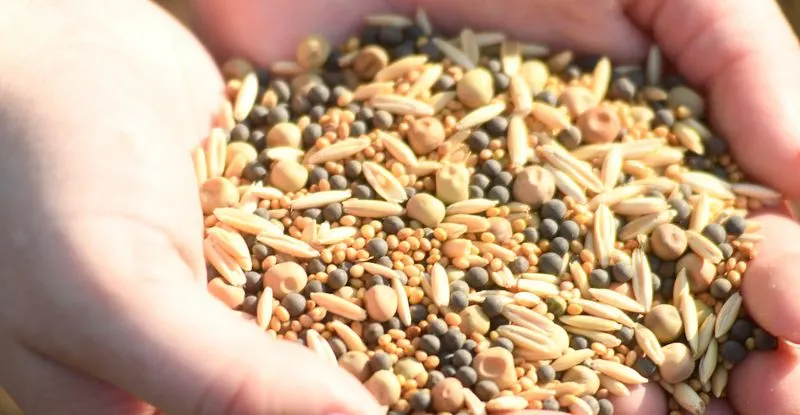
The use of heirloom seeds is a cherished tradition among the Amish, preserving genetic diversity and flavor. Unlike hybrid seeds, heirloom varieties are open-pollinated, allowing gardeners to save seeds for future planting. This practice ensures self-sufficiency and resilience against crop failures. The Amish value taste and quality, often favoring older varieties with unique flavors. These seeds carry stories and history, connecting generations through gardening. By choosing heirlooms, the Amish maintain a rich tapestry of plant diversity, essential for sustainable and productive gardens.
Composting
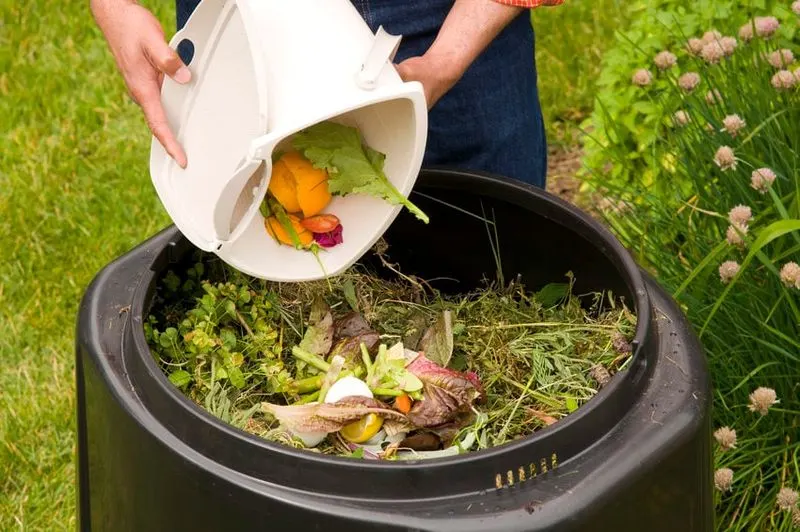
Composting is central to the Amish approach, transforming waste into nutrient-rich soil. Organic materials like kitchen scraps, leaves, and animal manure are composted to enrich the garden. This practice reduces waste and enhances soil fertility, contributing to a self-sustaining garden ecosystem. The Amish understand that healthy soil is the foundation of successful gardening. Recycling organic matter into compost is a time-honored technique, promoting growth while minimizing impact on the environment. It’s a gesture of respect towards nature and its cycles.
Crop Rotation

Crop rotation is a cornerstone of Amish agricultural wisdom, preventing soil depletion and pest buildup. By rotating different crops, such as legumes, root vegetables, and leafy greens, they maintain soil health and reduce the need for chemical fertilizers. This method breaks pest cycles and encourages biodiversity, essential for a thriving garden. Each season offers a new opportunity to renew the earth’s nutrients, keeping the soil vibrant and productive. The Amish approach to crop rotation ensures a sustainable, healthy harvest year after year, making it an indispensable part of their gardening repertoire.
Natural Pest Control
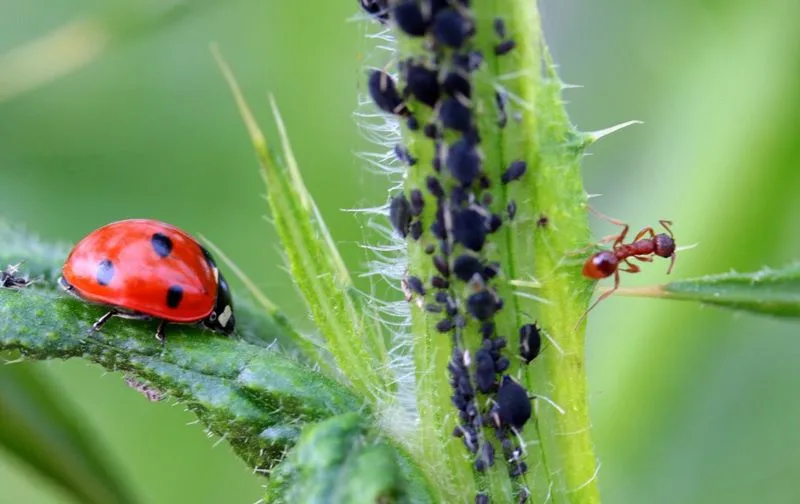
The Amish rely on natural pest control methods to protect their gardens without chemicals. Ladybugs, praying mantises, and birds are encouraged as allies in the fight against harmful insects. By creating habitats for these beneficial creatures, they establish a balanced ecosystem. Companion planting with pest-repelling herbs like basil and mint is another technique they employ. This holistic approach minimizes the need for pesticides, preserving the garden’s purity and health. It’s a gentle, effective way to manage pests while maintaining ecological harmony.
Mulching
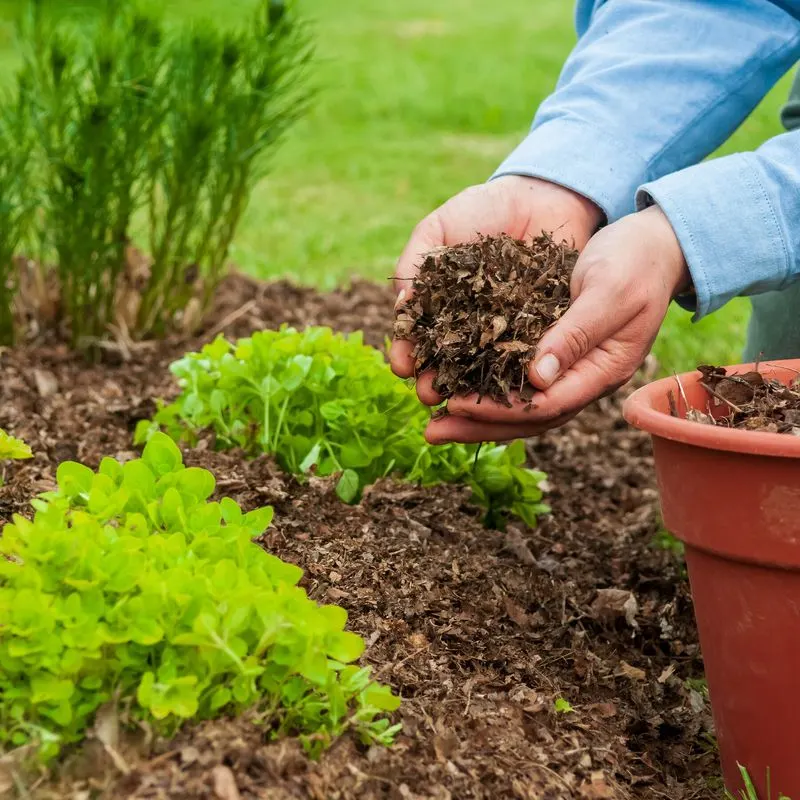
Mulching is a favored practice among the Amish, serving multiple purposes in their gardens. By covering soil with mulch materials like straw or wood chips, they retain moisture, suppress weeds, and regulate soil temperature. This method reduces the need for frequent watering, conserving resources and labor. The Amish view mulching as a protective, nurturing gesture towards the earth. It provides a stable environment for plants to thrive, reflecting a commitment to sustainable and efficient gardening. Mulching embodies the practical wisdom of the Amish in caring for their land.
Heritage Livestock Integration
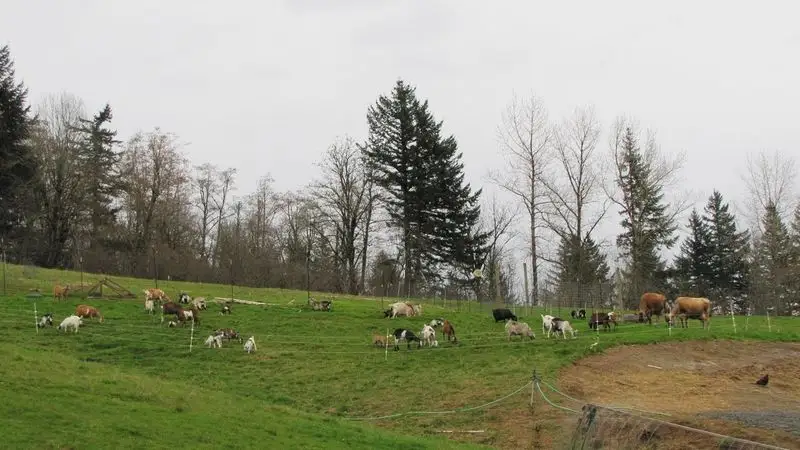
Integrating heritage livestock into the garden is a unique Amish practice. Chickens provide eggs and help control pests, while goats offer milk and natural fertilization. This symbiotic relationship between animals and plants enhances the farm’s sustainability. The Amish choose heritage breeds for their resilience and adaptability, preserving agricultural traditions while ensuring a robust food supply. Livestock integration adds diversity and productivity, crafting a lively, balanced ecosystem. It’s a testament to the Amish’s holistic approach, where every element supports and enriches the other.
Seasonal Planting

Seasonal planting is at the heart of Amish gardening, aligning with nature’s cycles for optimal growth. By planting according to the seasons, they maximize yields and minimize resource use. Cool-weather crops like lettuce thrive in spring, while summer is perfect for heat-loving tomatoes and peppers. Understanding the seasons enables the Amish to extend their harvest throughout the year. This mindful timing ensures a continuous supply of fresh produce, embodying a deep connection with the land. Seasonal planting is a dance with nature, perfectly in tune with its rhythms.

